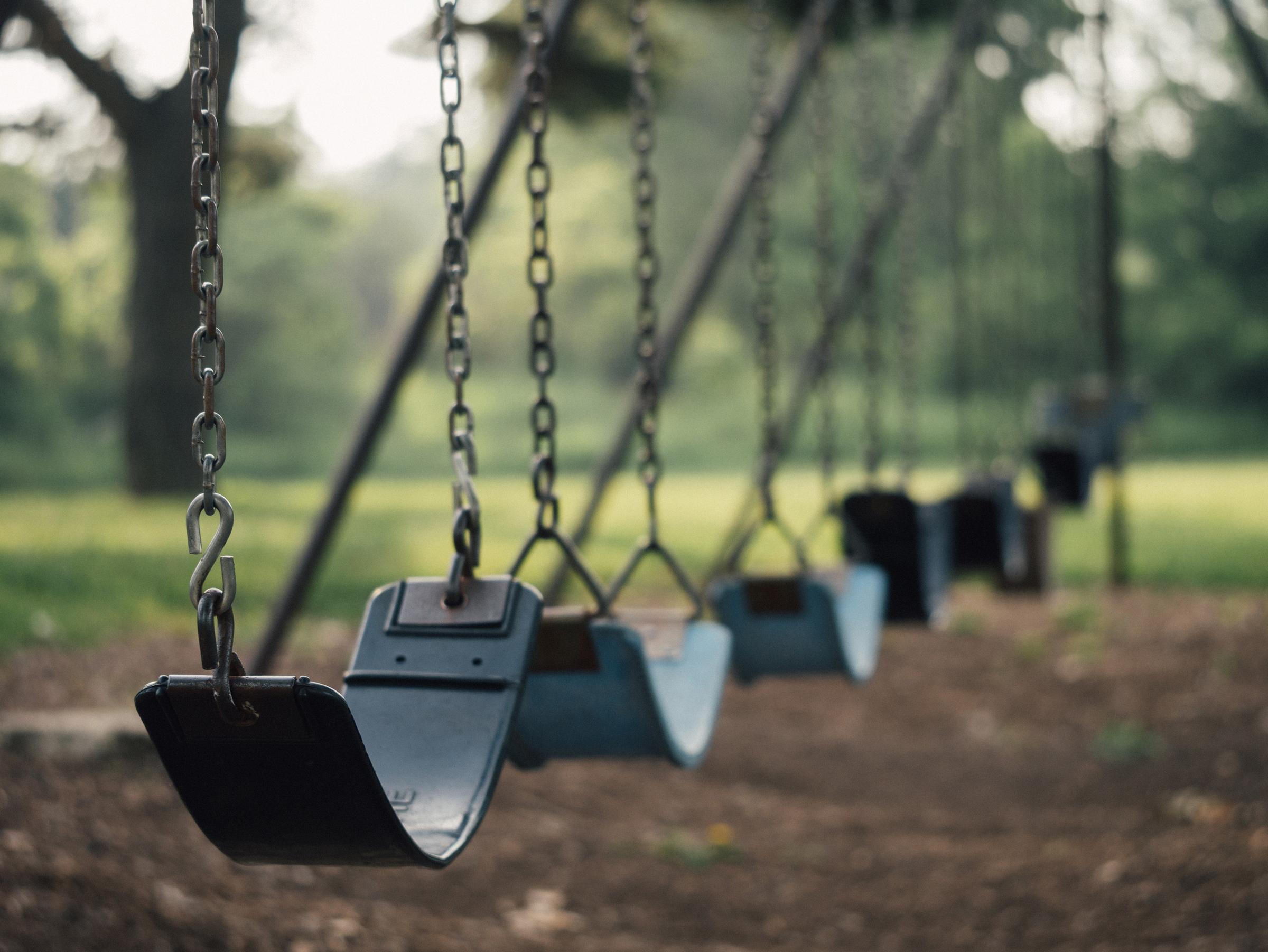Parenting Ideas

Disarming anxiety before it becomes a disorder
by Michael Grose
In urban Australia it takes approximately eight years between onset of symptoms and a diagnosis of an anxiety disorder, and over twice that time in rural settings. That’s a long time for a child or young person to live with the turmoil of anxiety without getting the help they need.
Kids with a diagnosis of an anxiety disorder include those experiencing social anxiety, separation anxiety, generalised anxiety, panic disorder, obsessive-compulsive disorder, and specific phobias or overwhelming fears. Beyond Blue statistics states 1 in 14 children experiences an anxiety disorder. Sadly, a great deal of childhood anxiety goes undetected.
Early detection is critical
Anxiety can be overlooked for many reasons. Often day-to-day functioning of anxious kids isn’t affected in obvious ways, and they can appear happy, but the signs of anxiety will be there if you know what to look for. Anxiety shows through behaviour and language, and is felt physically by a child. Avoidance and over-planning are the two most common behaviours displayed by anxious kids. Long before they become a child’s patterned response to anxiety-inducing events there are generally many subtle signs of anxiety including poor concentration, irritability, becoming upset over minor issues and constantly seeking reassurance. Anxious children and young people can feel nauseous, experience headaches, have difficulty sitting still and constantly feel on edge.
Anxiety is individual
Just as children display symptoms of anxiety in unique ways, they also react differently to everyday events. One child’s highly anticipated school camp maybe another child’s anxiety-inducing nightmare. Knowing the events that trigger anxiety in a child or young person is key to early detection and management.
The tools anxious kids need
Children and young people who experience anxiety need self-management tools to allow healthy functioning and prevent anxiety from deteriorating into a full-blown disorder. Knowledge of how and when to use management tools such as mindfulness, deep breathing, exercise and thought distancing are critical to good mental health, allowing kids to turn the dial down on their anxiety while they get on with the activities that make them happy.
Lifestyle factors that minimise anxiety
Anxiety maybe commonplace but its origins are complex. Poor diet, lack of exercise, social media, sleep problems and an inability to relax all play a part in exacerbating a child’s anxiety. And of course, the pandemic is a frightening time for children.
Attempts to help children minimise anxiety need to include healthy eating that ensures good gut health, frequent exercise that releases adrenalin and the stress hormone cortisol, plenty of endorphin-inducing free play in natural environments and developing good sleep habits that will last a lifetime.
In closing
No child or young person should suffer needlessly from anxiety. Life can feel very grey when anxiety is a constant companion. As a parent you help your child by being on the lookout for early signs of anxiety, recognising the events that cause your child stress and teaching them the tools they need to push anxiety into the background while they get on with enjoying life. Anxiety is not something to be feared, but a condition to be understood and managed before it spirals into a disorder needing professional intervention.
